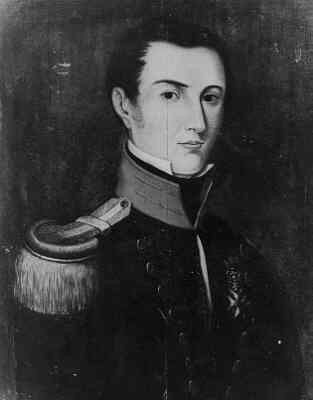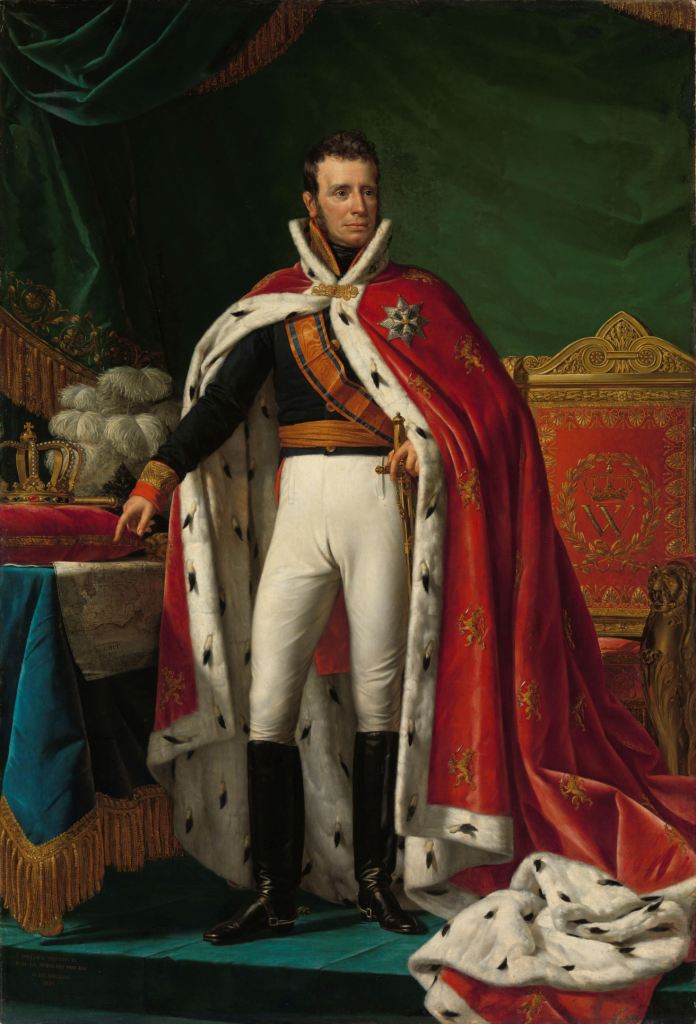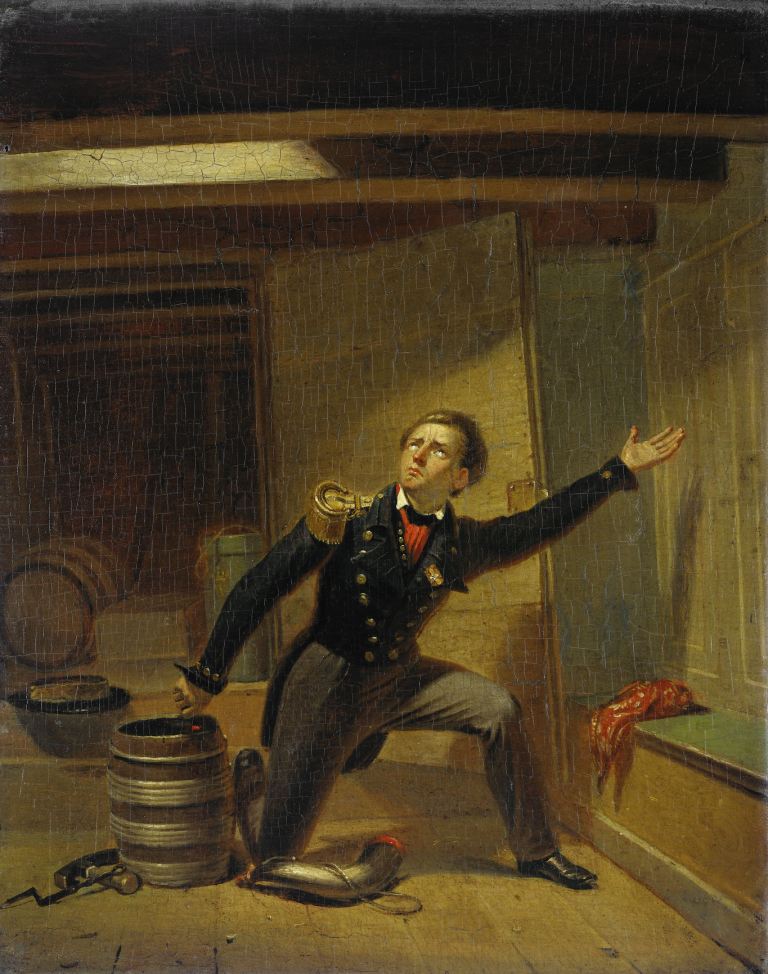The name Zeeheldenkwartier means ‘neighborhood of sea heroes”‘ in English. The streets in this neighbourhood are named after explorers, sailors and heroes of sea battles.
What is a hero? In the Oxford Dictionary I found this definition: ‘A person who is admired by many people for doing something brave or good’. One of the Dutch sailors honoured with a street in the Zeeheldenkwartier was certainly considered a hero: Jan van Speijk.
Jan van Speijk: From tailor to sailor
Belgian Revolution
The Kingdom of the Netherlands was created in 1815 after the defeat of the French emperor Napoleon Bonaparte. The great powers of the time, Great Britain, Prussia, Austria and Russia, wanted a solid country north of France to prevent another French leader from trying to seize power in Europe. And so our King Willem-Alexander’s great-great-great-grandfather became king of a country that included what is now the Netherlands and Belgium.
However, this King William I was a man with an autocratic style of ruling and did not listen to the wishes of his subjects in the Southern Netherlands. This led to the Belgian Revolt: the southern provinces declared their independence in Brussels on 4 October 1830.
William I strikes back
King William I naturally disagreed with this unilateral declaration of independence and tried (in the end without success) to regain power. He sent troops, led by his son, Crown Prince William (later King William II). The navy, of course, also played a role.
During the revolt Jan van Speijk served in the port of Antwerp. He was commander of a gunboat, a sailing ship armed with one cannon. His assignment was to control all ships sailing to and from Antwerp.
Blowing up preferred
On 5 February 1831, Van Speijk ran into trouble. His ship had run aground on a lee shore near Fort Sint Laurent, where prevailing winds made it impossible to sail away.
Belgian soldiers guarding the fort were able to jump aboard, pull the flag from the mast and demand surrender. Van Speijk said he had to go to his cabin to get his papers and went down the cabin stairs. A little later, around 9.30pm, he blew up the ship by detonating a barrel of gunpowder, probably with a lit cigar. As he walked down, he warned the ship’s boy that something was about to happen. Legend has it that he said: ‘Dan liever de lucht in’, meaning that blowing up the ship was preferable to surrender.
Afterwards
His action had no great military significance and 27 of his crew had also died. Nevertheless, Jan van Speijk was soon seen as a national hero, someone who had sacrificed himself for an important cause, namely the honour of the Dutch flag. A three-day mourning period was declared in the kingdom of the Netherlands.
Four days after the explosion, part of his body – the upper part of the torso – was recovered. It was taken to Amsterdam in a vessel filled with denatured alcohol where eventually it was reburied with a grand ceremony in the Nieuwe Kerk in Amsterdam in May 1832. At this ceremony the orphans of the Amsterdam Orphanage were also prominently present and a memorial was erected in the church.
Just a few days after Van Speijk’s dramatic death, the King signed a royal decree stipulating that from then on the Dutch navy would always have one ship named after Van Speijk, a tradition that is still honoured today.
In Zeeheldenkwartier
Van Speijk was honoured in The Hague with a street name, the Van Speijkstraat, but also in another way. If you stand opposite number 30 and look up at it, you will see Jan crowning the facade.The memorial was installed in 1881, 50 years after his death.









